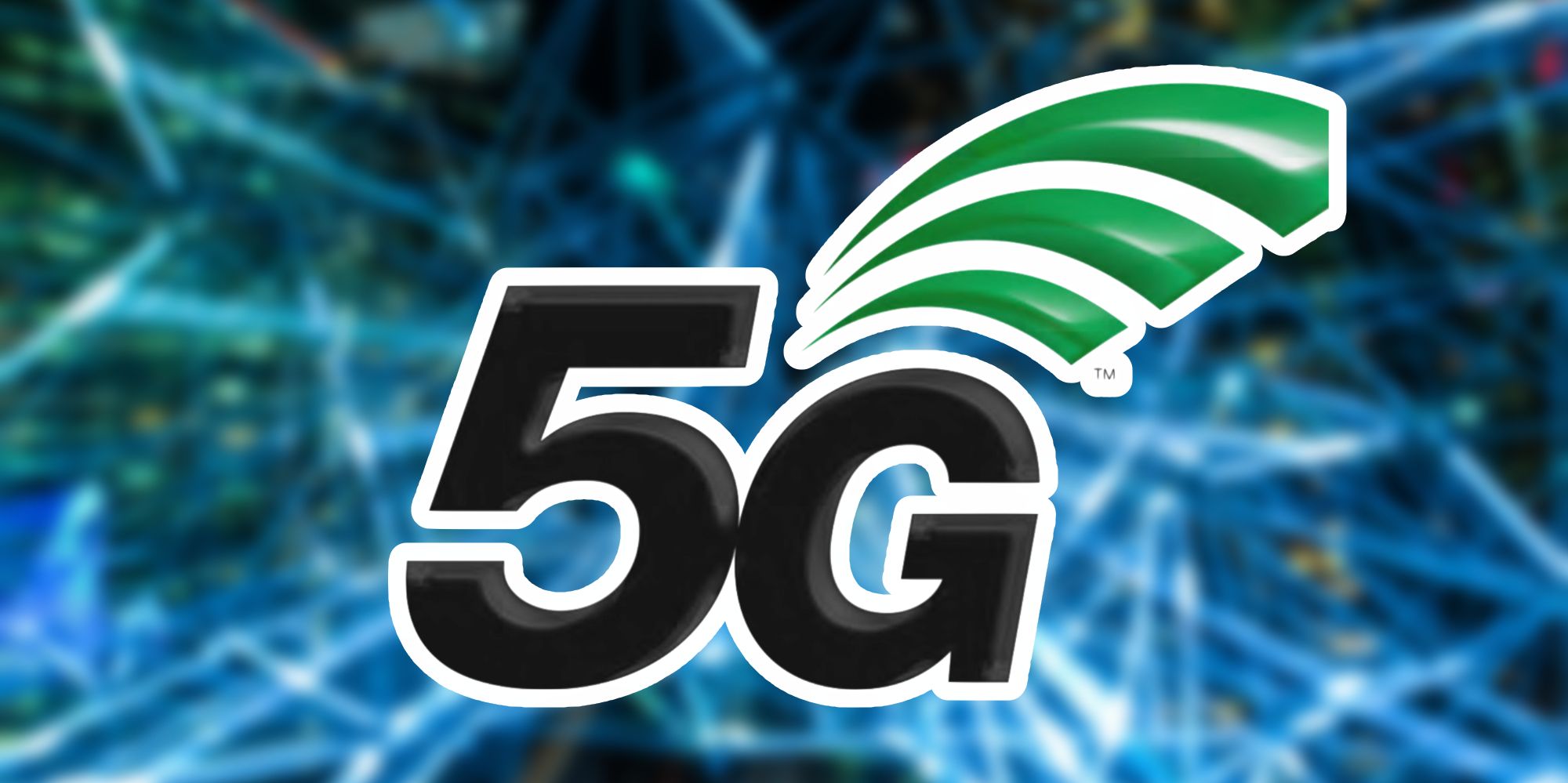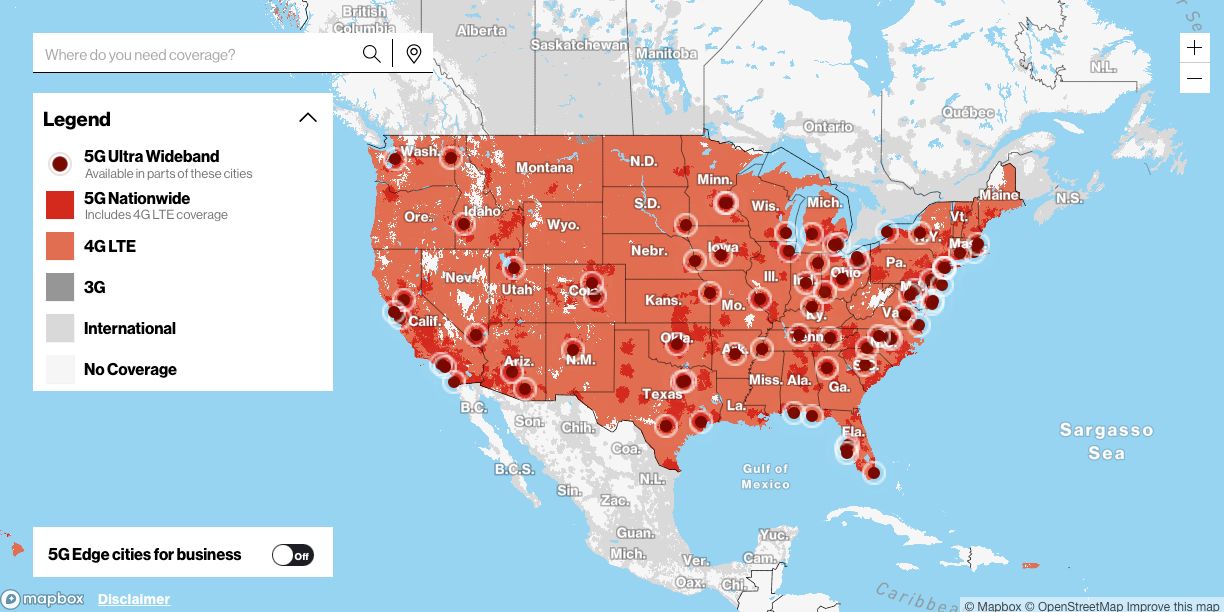
Smartphone carriers and manufacturers like to hype up 5G as the next big breakthrough in mobile connectivity. While that may be true, they often forget to explain that not all 5G is created equal. Some 5G is powered by sub-6 technology, other 5G networks rely on mmWave, and there are stark differences between the two.
As the name '5G' implies, it's the fifth generation of wireless data. 4G LTE preceded 5G, and as carriers continue to expand their 5G networks to more and more people, it's still widely used. 4G LTE is supported on just about every smartphone currently available, delivers maximum download speeds up to about 100Mbps, and provides reliable coverage from standard cell towers. While 4G LTE has served the mobile world quite well for a little over a decade, 5G offers considerably faster speeds than 4G LTE has ever been capable of.
That said, the story doesn't end there. 5G is offered in two distinct variants — sub-6 and mmWave. As RootMetrics explains, these are essentially codenames for different types of wireless spectrum. sub-6 refers to data below the 6Ghz spectrum, while mmWave accounts for data sent above 6Ghz. Spectrum is how cell towers and smartphones communicate with one another, and by using different waves of spectrum, carriers can achieve different things with their service.

In general, lower spectrum can travel further distances and more easily penetrate buildings, walls, and other obstacles. It can also be easily deployed using existing 4G LTE towers, allowing carriers to get their 5G coverage out to as many people as possible. The downside, however, is that sub-6 5G isn't a drastic speed increase over 4G LTE. T-Mobile has been the biggest supporter of sub-6 5G — advertising maximum download speeds of around 300Mbps. While that may not be a night-and-day difference compared to LTE, T-Mobile had already deployed its sub-6 5G network to over 287 million people by April 2021.
Then there's mmWave 5G. The higher frequency means mmWave travels a much shorter distance than its sub-6 counterpart, and it also has a tough time working through any obstacle. This means carriers have to install multiple mmWave nodes in a single area just to offer somewhat reliable coverage — placing them on buildings, street lights, etc. In other words, it's still mostly reserved for large cities, stadiums, and other densely populated areas. The big upside to all of this trouble, however, is speed. mmWave 5G easily goes beyond 300Mbps, often reaching 500Mbps or even 1Gbps. Getting that kind of data performance on a smartphone is nothing short of amazing, but because mmWave is still pretty unreliable, that breakneck performance isn't always guaranteed.
Thankfully, the three major carriers in the U.S. (mostly) do a good job distinguishing the coverage differences between their sub-6 and mmWave networks. AT&T, for example, labels its sub-6 network as 5G while its mmWave service is 5G+. Verizon does something similar, calling its sub-6 network 5G Nationwide and its mmWave one 5G Ultra Wideband. 5G will keep growing and expanding up until carriers are ready to move forward with 6G, and hopefully, it all makes just a little bit more sense now.
Source: RootMetrics, T-Mobile
https://ift.tt/3gTzIgk
June 23, 2021 at 12:23AM




